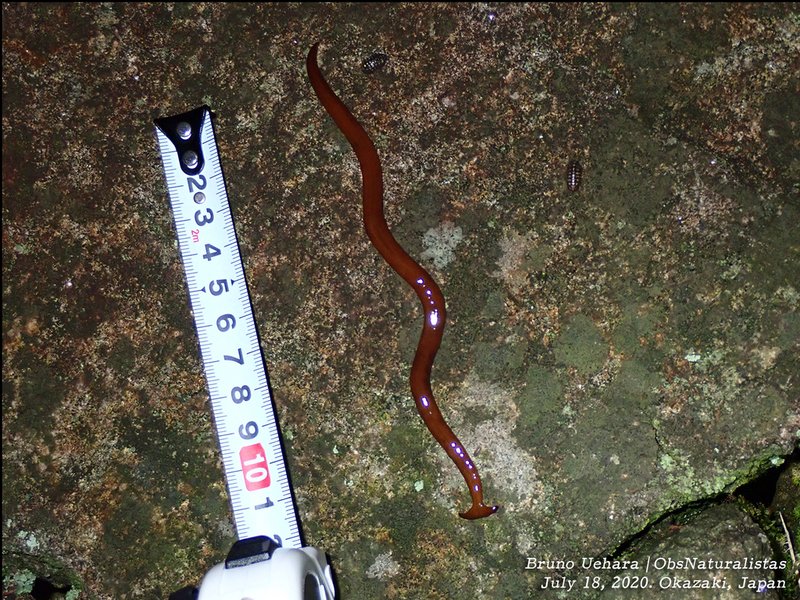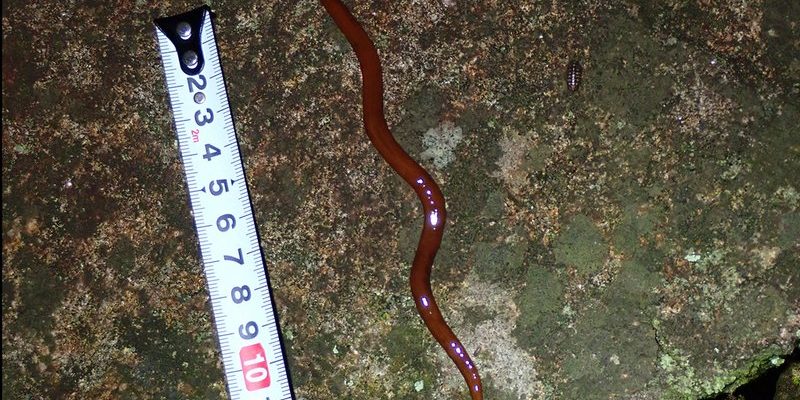
Hammerhead worms, part of the *Bipalium* genus, may seem harmless at first glance, but they have a voracious appetite for earthworms. As they creep through your garden, they can disrupt the ecosystem, leading to potential problems for your beloved plants. If you’re nurturing a greenhouse filled with vibrant foliage, understanding the risks hammerhead worms pose is essential for keeping your green paradise thriving. So, let’s dive into the world of these peculiar worms and assess the risk they present in your greenhouse.
What Are Hammerhead Worms?
Hammerhead worms are slugs of the soil, but they’re not your average garden variety. These elongated worms can grow up to a foot long and are known for their unique, flattened head that resembles a hammer—hence the name. They come in different colors, with dark brown or black being the most common. Each worm has a distinct pattern that adds to its charm, but don’t let that fool you; they’re predators at heart.
You might be wondering how these worms ended up in your greenhouse. Well, they’re native to Southeast Asia but have made their way around the world, often hitching rides in soil or potted plants. Unfortunately, once they settle in, they can start affecting the local earthworm population and, consequently, your plants.
Understanding their biology can help you strategize. Hammerhead worms hunt for their prey—mostly earthworms—using a combination of chemical cues and physical movement. They consume their food by secreting enzymes that break down body tissues, which can lead to a significant decline in earthworm numbers in your greenhouse. And as earthworms contribute to soil health by aerating and enriching it, their decline can have ripple effects on your plants.
How Do Hammerhead Worms Affect Your Greenhouse?
In a greenhouse, every organism plays a role, and hammerhead worms can disrupt that balance. Remember, these worms feast primarily on earthworms. With fewer earthworms in the soil, you might notice a decline in nutrient availability, which can impact plant growth. Here’s how hammerhead worms can cause trouble:
- Reduced Soil Health: Earthworms are essential for enriching soil and promoting healthy root systems. Fewer earthworms mean the soil becomes compacted and less aerated.
- Pest Population Imbalance: With the absence of earthworms, other pests might proliferate, leading to additional problems for your plants.
- Decreased Yield: As nutrient availability declines, your plants may struggle to thrive, resulting in lower yields and less vitality.
You might see limp leaves or stunted growth as early signs that something’s off in your greenhouse. It’s essential to stay vigilant in spotting these changes. By keeping an eye on your plant health and soil quality, you can catch hammerhead worm infestations before they wreak havoc.
Identifying Hammerhead Worms
Spotting hammerhead worms can feel like a game of hide-and-seek. They blend in well with the soil, making them tricky to find. However, knowing what to look for can help you identify them quickly. Here are some key characteristics:
- Shape: Their distinct hammer-shaped head is a telltale sign. If you see a worm with a flat, broad head, you’ve likely spotted a hammerhead.
- Size: These worms can grow quite large, reaching lengths of up to 12 inches. If you see a long, slender worm, it’s worth investigating.
- Movement: Hammerhead worms glide across the soil, often moving quickly in a smooth, undulating motion.
If you’re ever unsure, a quick search online can help you find images that contrast them with more familiar earthworms. Remember, the sooner you identify them, the quicker you can take action.
Potential Solutions and Control Measures
If you discover hammerhead worms lurking in your greenhouse, don’t panic! There are several ways to manage their presence effectively. Here are a few methods to consider:
- Manual Removal: You can physically remove hammerhead worms from your greenhouse. Wearing gloves, you can pick them up and place them in a sealed bag for disposal.
- Soil Quality Improvement: Enhancing the soil with organic matter can help promote a healthy earthworm population, making it harder for hammerhead worms to thrive.
- Introduce Beneficial Nematodes: These tiny worms can help control hammerhead worm populations by attacking them in the soil.
Managing hammerhead worms is not just about removal; it’s about creating an environment where they can’t thrive. By focusing on soil health and balance, you can make your greenhouse more resilient.
Preventing Hammerhead Worm Infestations
Prevention is always better than cure, right? There are several proactive steps you can take to prevent hammerhead worms from entering your greenhouse in the first place.
- Inspect New Plants: When bringing in new plants, inspect the soil carefully. Avoid adding soil from unknown sources, as it can harbor these pests.
- Keep It Clean: Regularly cleaning your greenhouse can help you spot potential problems early. Remove any debris and organic matter that could provide hiding spots for these worms.
- Maintain Soil Health: Promote biodiversity in the soil by adding organic matter and rotating crops. This can help create conditions that are less favorable for hammerhead worms.
By being proactive, you can create an environment in your greenhouse that’s less inviting to these strange intruders.
Final Thoughts on Hammerhead Worm Risks
While hammerhead worms might look odd and somewhat fascinating, they are not the allies you want in your greenhouse. Their appetite for earthworms can disrupt the soil ecosystem, impacting your plants’ health and yield. Understanding how to identify these pests, the risks they pose, and taking preventive measures can go a long way in keeping your greenhouse thriving.
Remember, it’s about balance. A healthy greenhouse ecosystem relies on the right mix of organisms, and by being vigilant and proactive, you can protect your plants from the hammerhead worm threat. So sip that coffee, enjoy your garden, and keep a friendly eye on those creeping critters!

